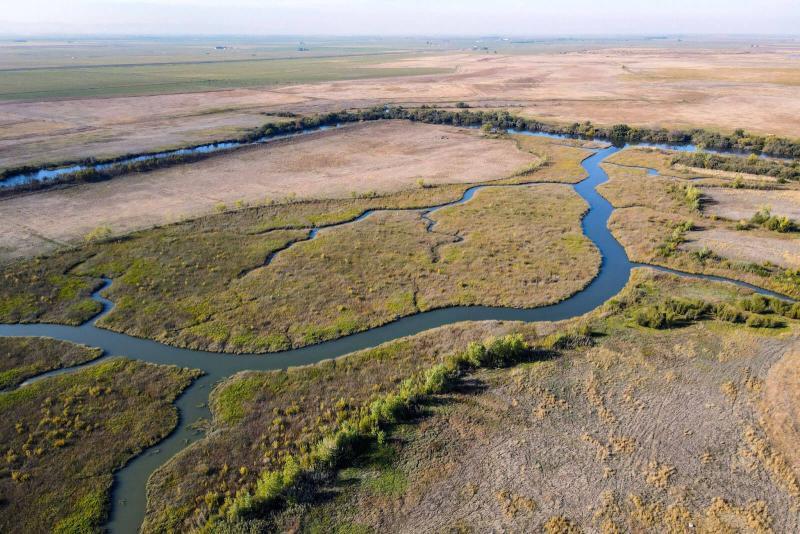
Video: The science of restoration - Good salmon habitat works
by NOAA Fisheries 15 Apr 2023 20:45 UTC

Aerial view of restored floodplain habitat and agricultural property near Sacramento, California © NOAA Fisheries
Juvenile salmon grow strong where water slows down and weaves across floodplains, with lush vegetation that provides refuge and fosters food for their journey to the ocean.
The problem for the salmon is that much of the natural habitat they historically relied on is gone. We have straightened rivers, built levees to stop those rivers from spreading out into their floodplains, and built roads and culverts that make it impossible for fish to reach the best and most productive habitat.
For decades we have been working with community partners to bring more of that habitat back, and our research and monitoring is proving it works. With funding from NOAA's Pacific Coastal Salmon Recovery Fund and other sources, states and tribes undertake thousands of restoration projects every year. With more projects on the way due to increased funding, we'll have improved water quality, air quality, habitat for species, and outdoor opportunities for individuals—this means a healthy world for everyone.